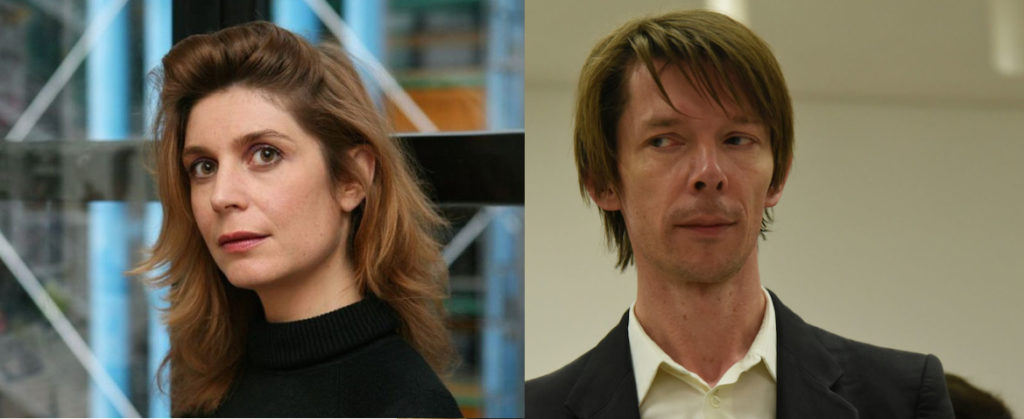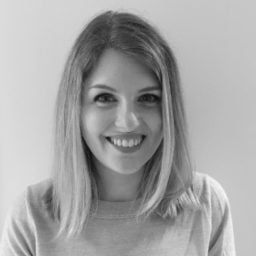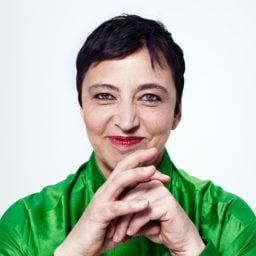This year’s Venice Biennale and documenta 14—the two most high-profile contemporary art events in the world—have quite a bit in common. Both eschew art-market darlings in favor of obscure discoveries; both are heavy on music, sound art, and performance; and both seek to reinforce the healing power of art. But there is another, perhaps more surprising, overlap: both shows include work by the curator’s significant other.
The Polish curator Adam Szymczyk, the artistic director of documenta 14, included his partner, the choreographer Alexandra Bachzetsis, in the quinquennial exhibition’s performance program. Meanwhile, the French curator Christine Macel included the work of her partner, the Italian-born, France-based artist Michele Ciacciofera, in the Venice Biennale’s central exhibition, “Viva Arte Viva.”
The coincidence illustrates the extent to which the art world is built on close personal relationships between artists and curators. But some have questioned the wisdom of these curators’ choices at a time when nepotism and conflicts of interest are increasingly scrutinized and the art industry has grown more professionalized.
“It’s not good for the artists who are showing, because it suggests they might not have been included on the merits of their work, and it’s not good for the curators, because it suggests they are using their positions to enhance that of their spouse or lover,” says the art historian Rob Storr, who was artistic director of the 2007 Venice Biennale.
The stakes are high. For an artist, inclusion in documenta 14, which opened in Athens on April 8 and opens in Kassel on June 10, or the Venice Biennale, which opened on May 13, is like being nominated for an Oscar—it’s an accolade he or she gets to carry around forever.
“It’s very significant for the artist’s career and résumé to be included in either documenta or the Venice Biennale’s central exhibition,” says Bruce Altshuler, the director of museum studies at New York University, who has written extensively on the history of biennials. It can also have financial ramifications. After they appear in these exhibitions, artists frequently see an uptick in prices paid for their work (even if the bump is short-lived).
On View Now
For documenta 14, Alexandra Bachzetsis was invited to create a new piece, Private Song, which premiered during the event’s opening weekend in Athens. The work, an intense piece that examines gender roles and is inspired by the Greek and Ottoman musical tradition of rebetiko, will be staged again in Kassel next month, before alighting in Berlin in the fall for Chris Dercon’s much-anticipated first season at the city’s Volksbühne theater.
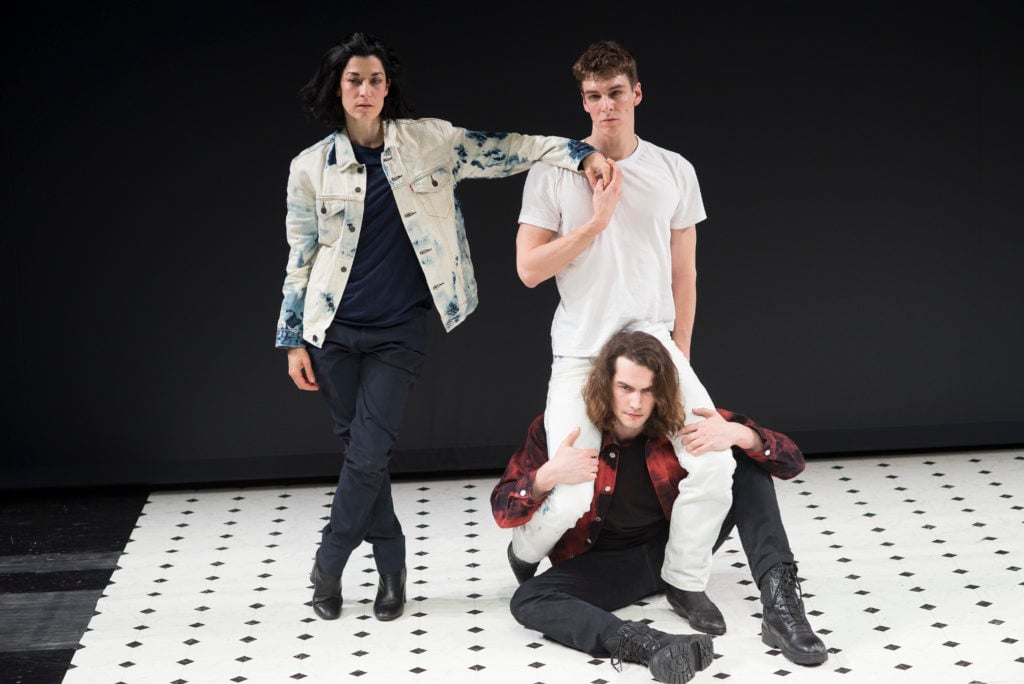
Alexandra Bachzetsis’ Private Song (2017), performance at the Municipal Theater of Piraeus for documenta 14. Photo by Stathis Mamalakis, courtesy of documenta 14.
Bachzetsis is no stranger to major art-world events; in fact, she was included in documenta 13. Her work has been shown at prominent museums around the world, including at the Museum of Modern Art in New York, the Stedelijk Museum in Amsterdam, and the Jumex Foundation in Mexico City. Her first major institutional exhibition was held in 2008 at the Kunstalle Basel, where Szymczyk served as chief curator from 2003 to 2014. That same year, she was also included in the fifth Berlin Biennale, which was co-curated by Szymczyk and Elena Filipovic.
In a statement provided to artnet News, a spokesperson for documenta writes: “Alexandra Bachzetsis, who already participated in documenta 13 in 2012, was invited to documenta 14—like every curatorial decision in the process of documenta 14—based on the Artistic Director’s and curatorial team’s belief in the importance of the artist’s practice in the context of themes, interests, and urgencies of documenta 14. This decision does not violate any ‘code of conduct’ of documenta gGmbH.” (Bachzetsis did not respond to a request for comment, and documenta did not provide further details on the event’s code of conduct.)

Michele Ciacciofera’s Janas Code (2016-17) in “Viva Arte Viva” at the Venice Biennale. Photo by Ben Davis.
Meanwhile, the installation by Macel’s partner, Michele Ciacciofera, is the first work viewers see upon entering the “Pavilion of Traditions,” one of the nine sections in her exhibition “Viva Arte Viva.” His installation, which the wall text likens to a house for imaginary fairies, includes nine wooden tables covered with sculptures, fabric wall-hangings, and books made out of honeycomb. The work deals with “the persistence, transmission and contemporaneity of myths,” according to the wall text, which is also an abiding theme in Macel’s show.
Asked what to make of the questions surrounding her decision to include Ciacciofera, Macel tells artnet News: “My only concern is art and its quality, its depth, its significance, and it’s also the only concern of the public of the exhibition. There is nothing improper because, as you may know and as it is often said and written, I am not enough close to the art market to create any change in the career of an artist at this level.” Any positive outcome from an artist’s participation in the event, she says, “is because other curators, critics, and gallerists believe in them, like I do.”
In separate statements, both Macel and Ciacciofera note that they have collaborated professionally for many years on projects large and small. For his part, Ciacciofera adds that he is close friends with the curators of many of his current and upcoming shows, “which, in my opinion, does not interfere with our respective roles but instead enriches the art.”
Recent History
This is hardly the first time a curator has included work by a romantic partner in a high-profile show. “Art history certainly offers many cases of partners who are creative collaborators and members of the same scene, and whose paths criss-cross that scene,” says the museum consultant András Szántó. “The whole art world is woven together by personal relationships and friendships of one sort or another.” (The art historian Anna Chave’s influential 2001 paper Minimalism and Biography, for example, examines the close personal ties among Minimalist and Conceptual artists and critics.)
In fact, one of the most influential curators of all time—the Swiss curator Harald Szeemann—included work by his wife, the artist Ingeborg Lüscher, in many of his most important shows: documenta 5, the 1999 Venice Biennale, and the 2001 Venice Biennale. In an interview last year, Lüscher said: “He held my work in very high esteem, but it would have been impossible for him to make a personal show because our personal closeness was well known.”
Other curators, however, have maintained a stricter line between the personal and the professional. Rafal Niemojewski, the director of the Biennial Foundation (a New York- and London-based non-profit that supports the study of biennials), said he could think of more counter-examples than examples of curators who had included their partners in major shows.
Carolyn Christov-Bakargiev, the director of documenta 13, for instance, had “not only one, but two family members she could have easily gotten involved in her documenta—but that didn’t happen,” Niemojewski notes. (Christov-Bakargiev’s daughter, Lucia Pietroiusti, is the curator of public programs for the Serpentine, and her husband, Cesare Pietroiusti, is an Italian artist whose work has been included in multiple Venice Biennales.)
Standards Needed?
There are no industry-wide standards for curators to disclose their relationship to artists in a show. “Journalists can disclose they consult for XYZ and make their connections known when they are writing an article—it’s harder for a museum or curator to do that,” says Sally Yerkovich, the director of the Institute of Museum Ethics at Seton Hall University.
And even if there were standards, it would be hard to determine exactly where to draw the line. (Imagine if every biennial’s artist list included asterisks next to the names of artists with whom the curator had a close personal connection.)
The key, experts say, is for curators to demonstrate that their choices are based on academic rigor and the quality of the work, rather than personal familiarity. “If in fact the curators of the shows could make the case that their significant other is the very best artist to be included, then it’s fine—but if there are questions about that, they could be subject to criticism,” Yerkovich notes.
The problem, of course, is that unlike in other industries, where a CV clearly demonstrates whether a candidate is qualified, art is “all very subjective,” Yerkovich says. And curators are rarely pushed to explain or justify their decisions. “It’s almost like they are magicians and they do their magic and we don’t want to know how they arrived at the selection,” Niemojewski says. “If something like that happens, it’s because we allowed it to happen—we never questioned curators about their choices.”
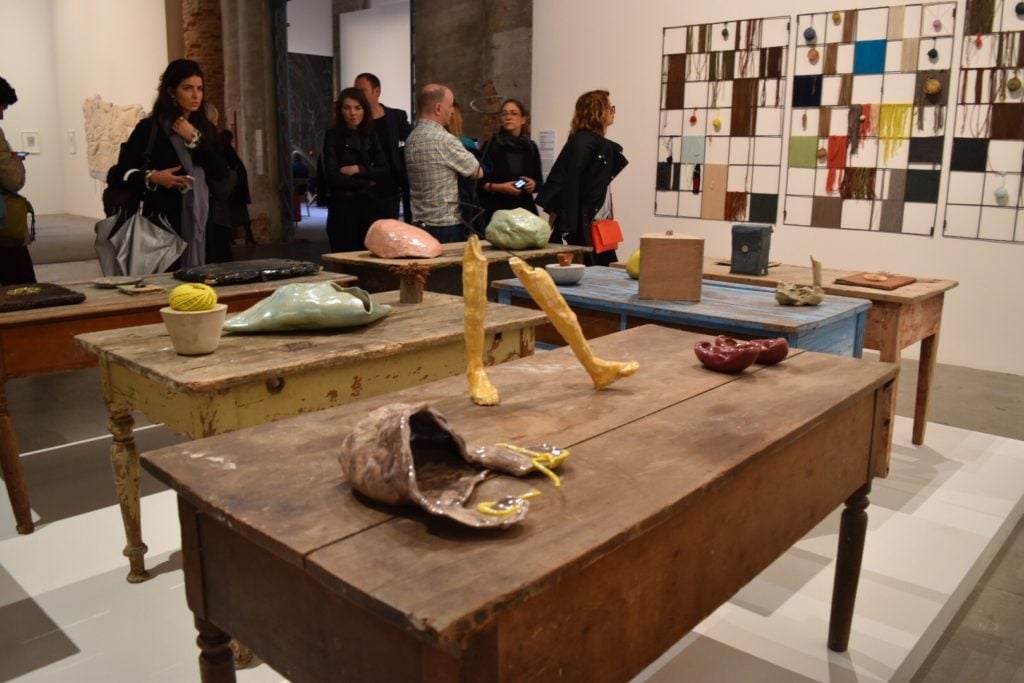
Michele Ciacciofera’s Janas Code (2016-17) in “Viva Arte Viva” at the Venice Biennale. Photo by Ben Davis.
In the case of the Venice Biennale and documenta 14, the question of qualifications is particularly murky. Both shows include many artists who lack a lengthy track record. By our estimate, 30 of the 120 artists in Macel’s show—including Ciacciofera—have never before had a solo show at a museum with international name recognition outside their country of origin.
The vast majority of the artists in Macel’s show—103, Ciacciofera among them—had also never before been included the Venice Biennale’s central exhibition. But Ciacciofera’s work was included in the controversial Italian pavilion at the 2011 Biennale, curated by the Italian art critic and television personality Vittorio Sgarbi, titled “Art Is Not a Mafia.” (His work is also included in this year’s documenta 14.)
Cultural Differences
So far, these personal ties between artist and curator have attracted little notice, save for a few passing mentions in the European press. Some chalk this up to a cultural difference: Europeans are less likely to be concerned about the potential for or appearance of conflict of interest.
Francesco Bonami, the artistic director of the 2003 Venice Biennale, says: “I don’t believe in ‘conflict of interest’ but in ‘uninteresting choices’—meaning that if an artist is really interesting, it doesn’t matter which relationship he or she has with the curator… The real problem here is when your other is insignificant as an artist.”
By contrast, “Americans are much more puritanical when it comes to these things,” Bruce Altshuler says. Indeed, US museums tend to have particularly robust conflict-of-interest policies. According to the Museum of Modern Art’s 24-page code of conduct, for example, key employees must fill out a disclosure statement every year to flag potential conflicts. The Whitney Museum of American Art requires curators of the Whitney Biennial to adhere to the same code of conduct that applies to every museum employee, including its conflict-of-interest policy.

documenta’s traditional home, the Kunsthalle Fridericianum in Kassel
Photo: Carroy via Wikimedia Commons
US and European biennials are also funded differently. While most events in the US are primarily privately funded, documenta 14, managed by the documenta gGmbH, received 50 percent of its budget from public sources: the city of Kassel, the state of Hessen, and the German Federal Cultural Foundation. This year, the exhibition cost €34 million, according to its CEO Annette Kulenkampff, and the company is responsible for raising the remaining €17 million. (Thanks to the record visitor numbers for Christov-Bakargiev’s show, the coffers were full.)
Paolo Baratta, the president of the Venice Biennale, notes that his event does not have a formal code of conduct—nor does he believe it should. “Our ethical code is our trust in the curator, rather than a sterile written code with (how many?) articles which could hardly cover all and each specific case,” he wrote artnet News in an email. “We also never interfere in the private relationship of our curators… If we choose a curator, it is because we have full confidence in his/her ability to choose high-quality artists and participants in full autonomy.”
But in the absence of formal guidelines, some say the curators’ decision to include work by their partners threatens to undermine the very rigor of the exhibitions they care so much about. The artist William Powhida, whose drawings often point out the ties that bind members of the elite art world, says, “I think people who apply for grants, residencies, and awards would like to believe that selections, including curatorial decisions, are based on the work, but that seems like a fantasy.”
For some, however, that fantasy remains alive. Storr says, “Work should be known because it is embraced by people who have no other agenda. I know that sounds quaint and idealistic, but I stand by it.”
Additional research by Caroline Goldstein
